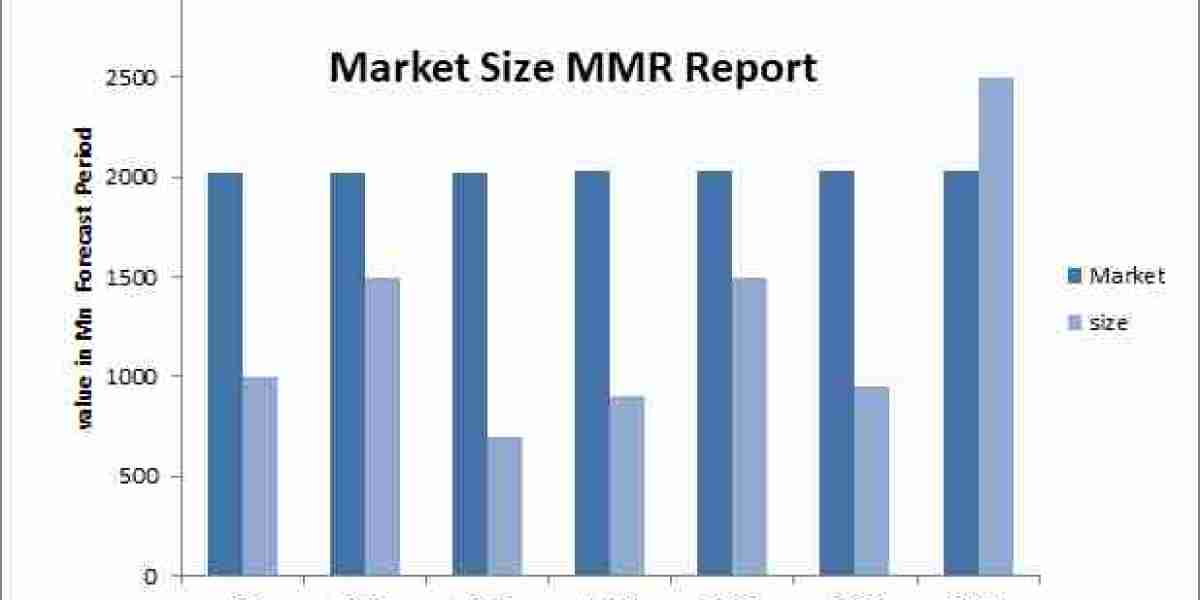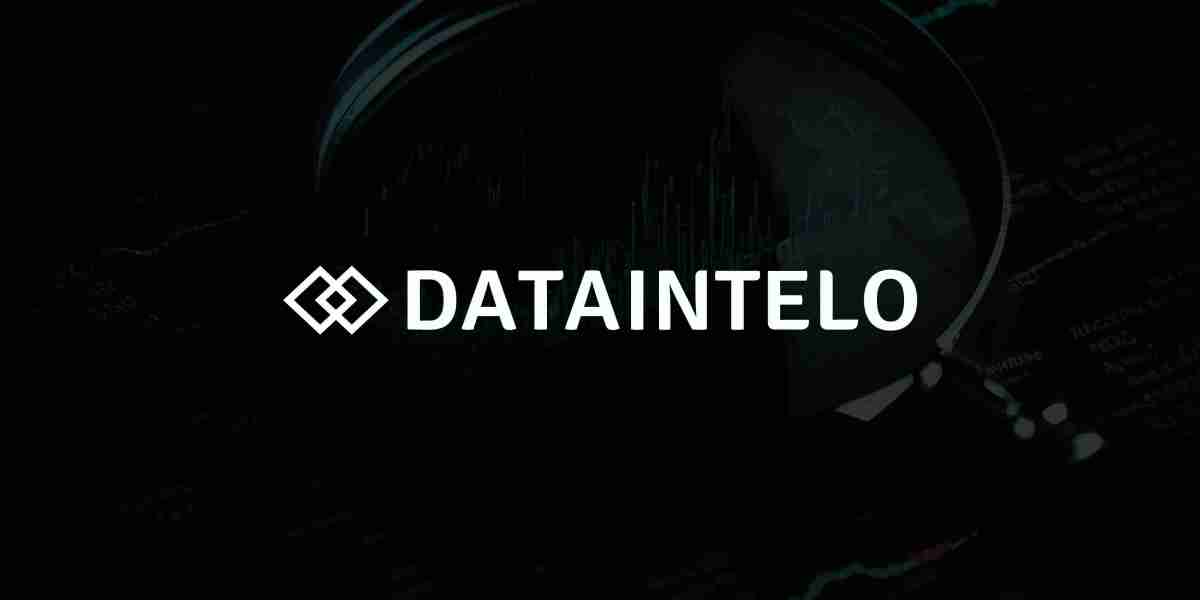The security screening market has emerged as an essential component of global safety and surveillance infrastructure. With applications ranging from airports and seaports to government buildings and public events, the demand for efficient and reliable screening solutions has seen consistent growth. However, despite its rapid evolution, the market is far from free of obstacles.
Numerous challenges affect the development, adoption, and scalability of advanced screening technologies. These challenges span across technical, financial, regulatory, and social dimensions. This article delves into the key barriers currently limiting the global security screening market and outlines the areas that require targeted attention from stakeholders.
1. High Implementation and Operational Costs
One of the most significant challenges facing the security screening market is the high cost of system installation and operation. Advanced screening solutions—such as full-body scanners, AI-driven threat detection systems, and integrated biometric checkpoints—require significant upfront investment. The cost does not stop at procurement; regular maintenance, software updates, operator training, and compliance testing further add to the financial burden.
This restricts adoption primarily in developing regions, small airports, or businesses with limited budgets. Without cost-effective alternatives, the market’s reach remains uneven and concentrated in wealthier economies.
2. Complex and Varied Regulatory Requirements
Security screening technologies operate in heavily regulated environments. Different countries and regions impose diverse compliance standards, ranging from data protection laws to product certification and health regulations.
For instance, airport screening devices must meet approvals from aviation regulatory bodies such as the TSA (U.S.), ECAC (Europe), or ICAO (global). Meanwhile, data privacy rules like the GDPR in Europe impose strict guidelines on how biometric data can be collected, processed, and stored. Navigating these varied frameworks slows down product launches, increases legal costs, and discourages global scalability.
3. Growing Data Privacy Concerns
Modern screening systems increasingly depend on the collection of personal data, particularly when integrated with facial recognition, iris scanners, or fingerprint readers. While these technologies enhance accuracy and automation, they raise substantial concerns over privacy, surveillance, and civil liberties.
Mismanagement of sensitive data or lack of transparency in data usage policies can lead to public backlash and legal actions. Such concerns are especially pronounced in democratic societies, where regulatory and ethical scrutiny of surveillance technologies is intensifying.
4. Technical Limitations and Integration Issues
Despite the sophistication of new security technologies, many technical limitations persist. Systems may produce false positives or false negatives, especially when dealing with unconventional threats or new forms of contraband. Over-sensitivity can lead to unnecessary alarms, delays, and reduced operational efficiency.
Additionally, integration with existing infrastructure is often complicated. Many organizations operate legacy systems that are not compatible with modern screening technologies. Achieving seamless interoperability between hardware and software systems from different vendors remains a challenge and often requires expensive custom solutions.
5. Shortage of Skilled Professionals
Operating advanced screening technologies requires a skilled workforce trained in both technical and operational procedures. However, many regions face a shortage of such professionals. This skills gap can lead to ineffective use of technology, poor threat identification, and delayed response times.
Training programs are costly and time-intensive, which limits the ability of organizations to scale operations quickly or replace outdated human resources with trained personnel.
6. Public Perception and Resistance
Security screening systems must not only be effective but also earn the trust of the public. Technologies like full-body scanners or facial recognition often face public resistance due to concerns about intrusiveness, racial profiling, or loss of anonymity.
If users feel they are being unfairly targeted or surveilled, they may resist cooperation, delay processes, or advocate against further implementation of such technologies. Public awareness campaigns and transparent communication are crucial to overcoming these perception-based challenges.
7. Evolving Threat Landscapes
The threat environment is not static. As criminal tactics and security risks evolve, screening technologies must adapt to detect emerging threats such as 3D-printed weapons, chemical agents, or concealed electronic devices. This constant evolution puts pressure on manufacturers to innovate continuously, often with limited lead time.
Staying ahead of the threat curve requires substantial investment in research and development, which may not be feasible for all market participants.
8. Supply Chain Disruptions and Component Dependency
Recent global events like the COVID-19 pandemic and geopolitical tensions have revealed vulnerabilities in the global supply chain. The security screening market relies on specialized components such as imaging sensors, microprocessors, and detection modules, many of which are sourced from a limited number of suppliers.
Delays in procurement or shortages can halt system deployment, maintenance, and upgrades, particularly in high-demand areas like transportation and border control.
Conclusion
Despite its vital role in global safety, the security screening market faces multifaceted challenges that hamper its growth and efficiency. From high costs and compliance hurdles to technical limitations and public trust issues, each challenge requires strategic attention from industry leaders, governments, and regulators.
Overcoming these barriers is crucial to building a more secure, integrated, and resilient global security infrastructure. Through collaboration, innovation, and proactive policy-making, the market can continue its evolution while ensuring inclusivity, safety, and public acceptance.




